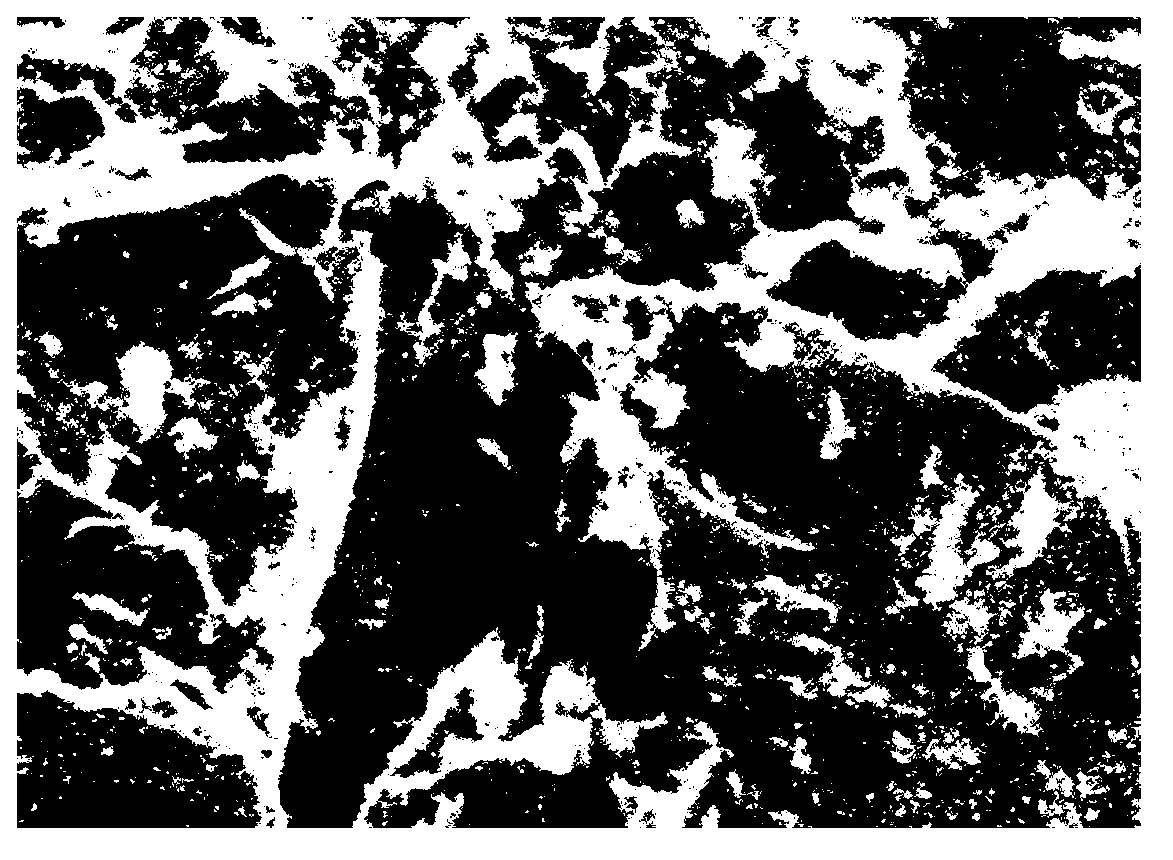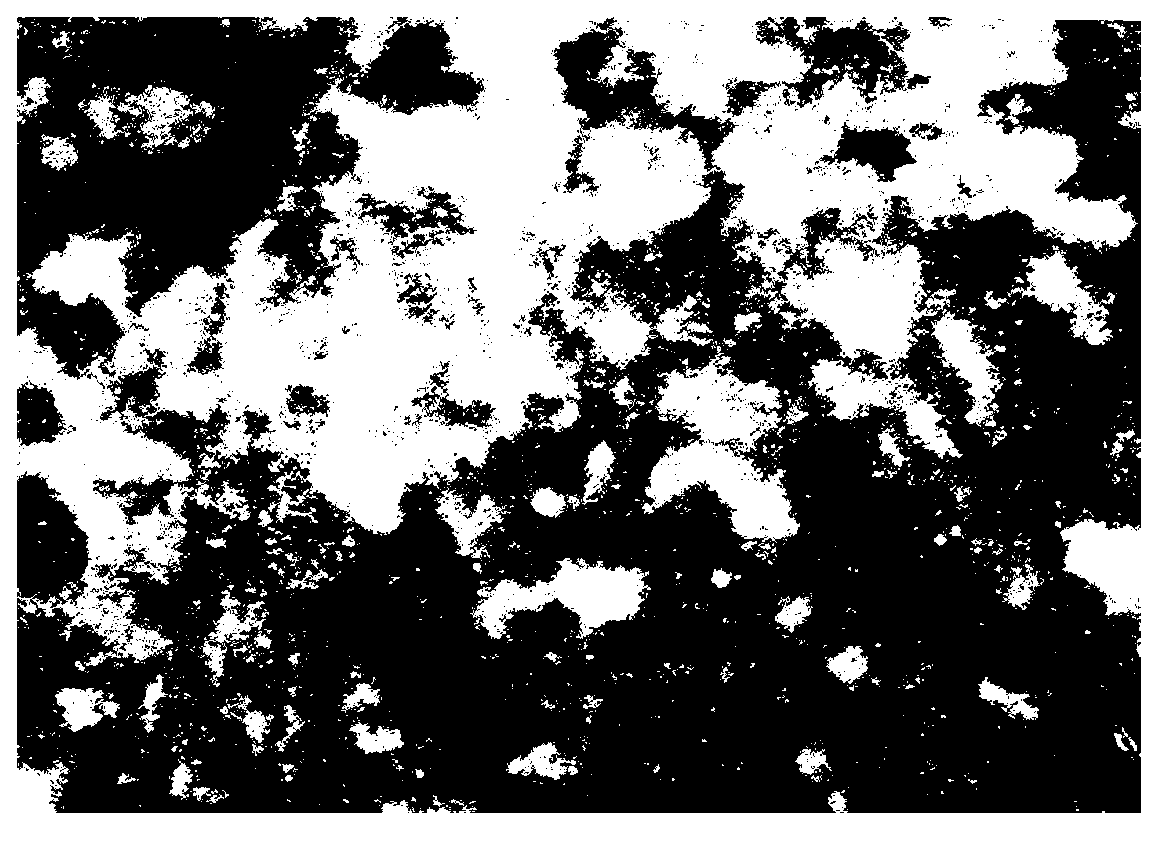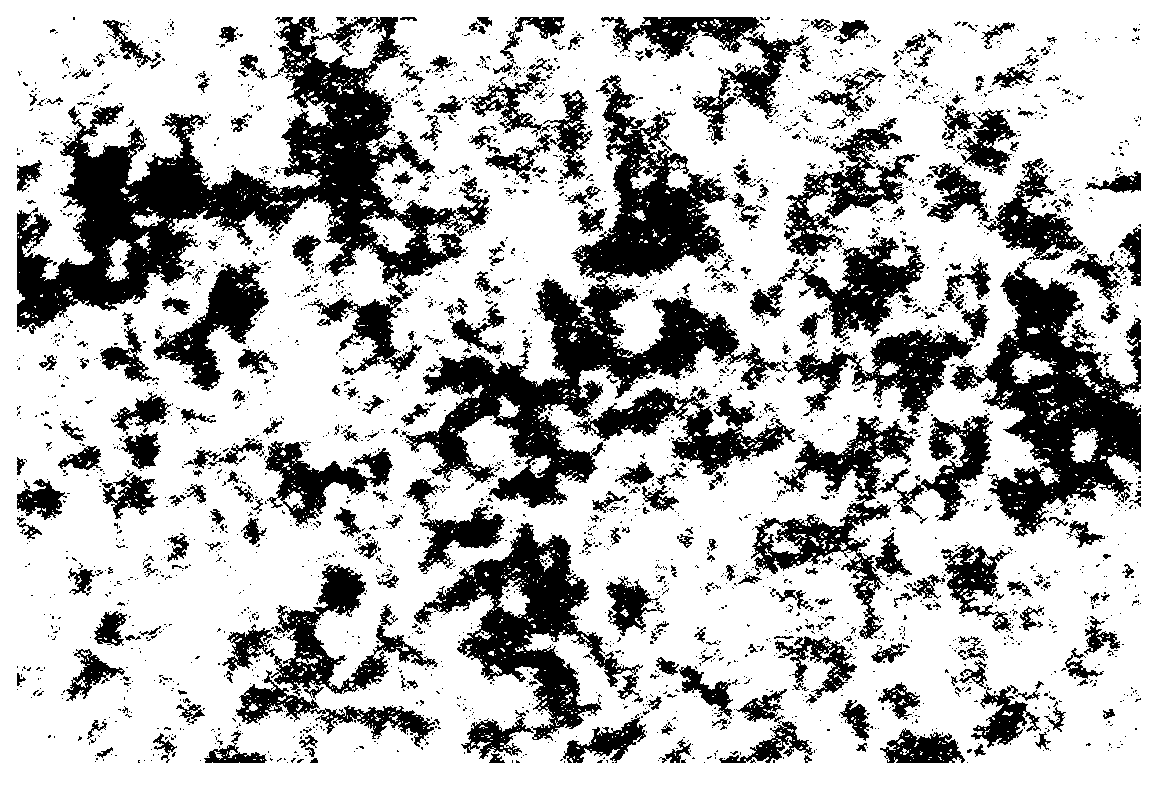Carbon titanium combining self-protection brick for blast furnace hearth and furnace bottom
A technology of furnace bottom and carbon titanium, which is applied in the field of refractory materials, can solve the problems of reducing refractory performance, difficulty in longevity, and difficulty in judging service life, etc., and achieves the effect of high thermal conductivity
- Summary
- Abstract
- Description
- Claims
- Application Information
AI Technical Summary
Problems solved by technology
Method used
Image
Examples
Embodiment 1
[0073]
Embodiment 2
[0075]
[0076] Comparison of its products with domestic and foreign ceramic cup materials and carbon brick performance indicators:
[0077]
[0078] Through the above comparison, it can be concluded that this product has four major characteristics: (1) microporous, with an average pore diameter of ≤0.10 μm, and a pore volume of ≤1 μm ≥85%, which is the same as ultra-microporous carbon bricks and microporous corundum bricks; (2) thermal conductivity , 600 ℃ thermal conductivity ≥ 14W / m K, like microporous carbon bricks and ultra-microporous carbon bricks; (3) resistance to molten iron corrosion ≤ 0.5%, like microporous corundum bricks and composite brown corundum bricks; (4 ) has the function of titanium ore furnace protection, TiO 2 ≥5% Ti(C.N) is formed in the brick. Therefore, this product can replace the existing carbon bricks as the inner lining of hearth and furnace bottom.
PUM
| Property | Measurement | Unit |
|---|---|---|
| compressive strength | aaaaa | aaaaa |
| compressive strength | aaaaa | aaaaa |
| pore size | aaaaa | aaaaa |
Abstract
Description
Claims
Application Information
 Login to View More
Login to View More - Generate Ideas
- Intellectual Property
- Life Sciences
- Materials
- Tech Scout
- Unparalleled Data Quality
- Higher Quality Content
- 60% Fewer Hallucinations
Browse by: Latest US Patents, China's latest patents, Technical Efficacy Thesaurus, Application Domain, Technology Topic, Popular Technical Reports.
© 2025 PatSnap. All rights reserved.Legal|Privacy policy|Modern Slavery Act Transparency Statement|Sitemap|About US| Contact US: help@patsnap.com



